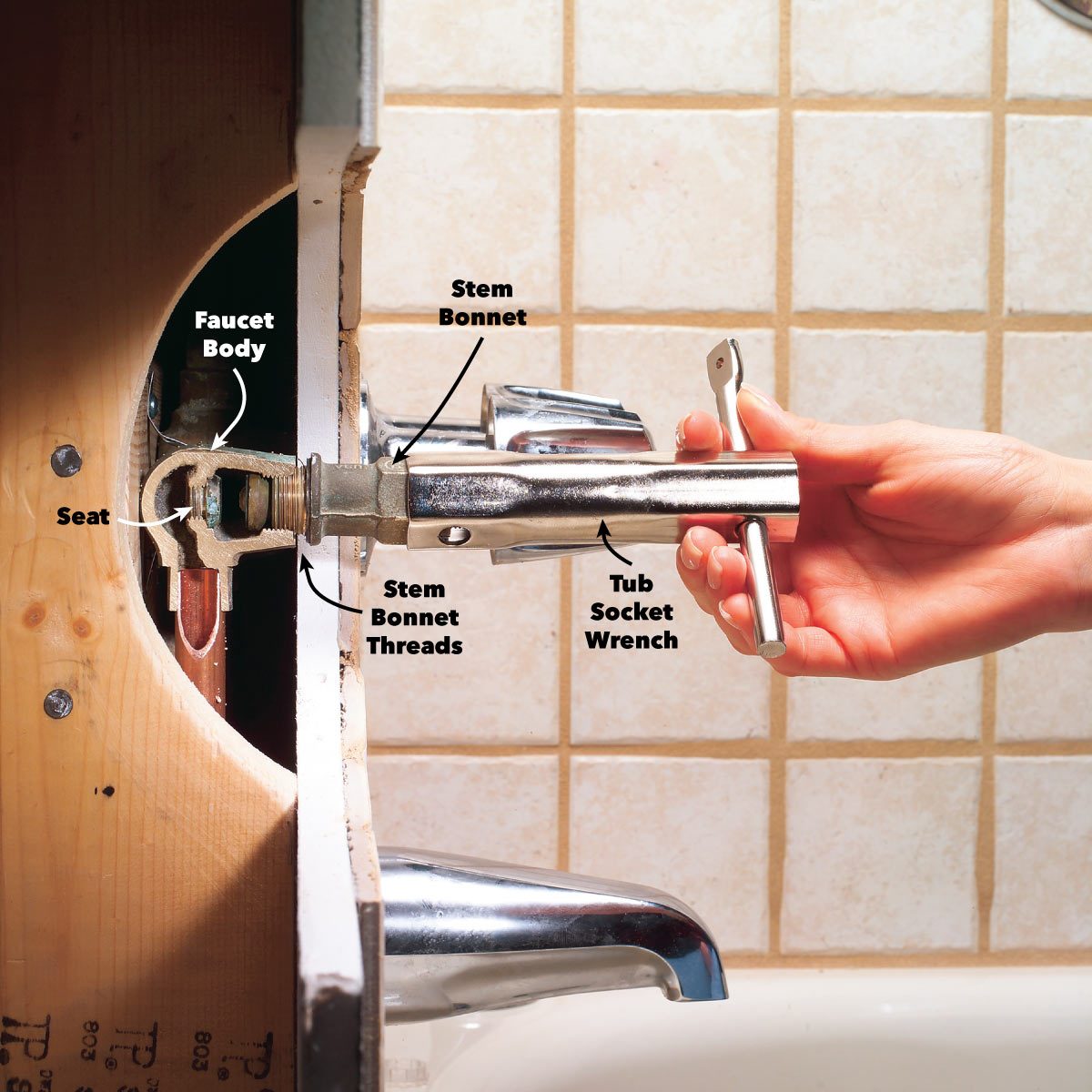Understanding Bathroom Faucet Rough-In Valves: Bathroom Faucet Rough In Valve

Bathroom faucet rough in valve – A bathroom faucet rough-in valve is a critical component that provides the foundation for installing your bathroom faucet. It establishes the water supply connections and ensures proper alignment and functionality of the faucet. Understanding the purpose, types, and selection criteria of rough-in valves is essential for a successful bathroom renovation.
When it comes to upgrading your bathroom, selecting the right bathroom faucet rough in valve is crucial. Whether you’re looking for a traditional or contemporary style, the Delta Flynn bathroom faucet is a popular choice. Its sleek design and durable construction make it an excellent option for any bathroom.
And with its easy-to-install rough in valve, you can be sure that your new faucet will be up and running in no time.
Types of Rough-In Valves
Rough-in valves come in various materials, including brass, plastic, and stainless steel. Brass valves are durable and corrosion-resistant, making them a popular choice. Plastic valves are more affordable but may not be as durable. Stainless steel valves offer exceptional strength and longevity.
A crucial element of a bathroom’s plumbing system is the bathroom faucet rough in valve, which regulates water flow and temperature. If you encounter any issues with your faucet, consider investing in a delta two handle bathroom faucet repair kit.
These kits are designed to provide a comprehensive solution for common faucet problems, ensuring smooth operation and extending the lifespan of your bathroom faucet rough in valve.
In terms of configuration, there are two main types of rough-in valves: single-handle and two-handle valves. Single-handle valves control both hot and cold water with a single lever, while two-handle valves require separate handles for each temperature.
Selecting the Right Rough-In Valve
Choosing the appropriate rough-in valve depends on the specific faucet you intend to install. The faucet manufacturer will provide guidelines on the compatible rough-in valve. Additionally, consider the following factors:
- Faucet Type: Different faucet designs require specific rough-in valve configurations. For example, a widespread faucet with separate handles will need a two-handle rough-in valve.
- Water Supply Lines: Ensure the rough-in valve is compatible with your existing water supply lines. Determine the size and type of connections (e.g., PEX, copper) required.
- Valve Size: Rough-in valves come in different sizes to accommodate various faucet spout lengths and handle configurations. Choose a valve that aligns with the faucet’s specifications.
Installation and Maintenance of Bathroom Faucet Rough-In Valves
:max_bytes(150000):strip_icc()/the-parts-of-a-toilet-4145300-V5-491e55af08a9455fac49e313c03d100a.jpg)
Installing and maintaining bathroom faucet rough-in valves is crucial for ensuring the proper functioning and longevity of your bathroom faucets. Here’s a comprehensive guide to help you understand the process, address common challenges, and provide tips for maintaining your rough-in valves.
Step-by-Step Installation Process
Installing a bathroom faucet rough-in valve involves several steps. Gather the necessary tools, including a wrench, pliers, pipe cutter, and measuring tape. Begin by measuring the distance between the hot and cold water supply lines. Cut the supply lines to the desired length and connect them to the rough-in valve using the provided fittings.
Common Installation Challenges, Bathroom faucet rough in valve
During installation, you may encounter challenges such as uneven walls or tight spaces. To address uneven walls, use a mounting bracket to secure the rough-in valve firmly. For tight spaces, consider using a flexible water supply line to connect the valve to the supply lines.
Maintenance and Servicing
Regular maintenance is essential to ensure the longevity of your bathroom faucet rough-in valve. Inspect the valve periodically for any leaks or corrosion. Tighten any loose connections and replace worn-out washers or seals. If the valve becomes clogged, use a vinegar solution to dissolve mineral deposits.
Troubleshooting and Repairing Bathroom Faucet Rough-In Valves

Bathroom faucet rough-in valves are an essential part of the plumbing system, but they can sometimes develop problems that can lead to leaks, drips, and other issues. In this article, we will discuss some of the most common problems that can occur with bathroom faucet rough-in valves and provide detailed instructions on how to troubleshoot and repair them.
Identifying Common Problems
The first step in troubleshooting a bathroom faucet rough-in valve is to identify the problem. Some of the most common problems include:
- Leaks: A leak can occur anywhere in the rough-in valve, but the most common location is the packing nut.
- Drips: Drips can occur from the spout or the handle.
- Pressure issues: Pressure issues can be caused by a variety of factors, including a clogged aerator or a faulty pressure regulator.